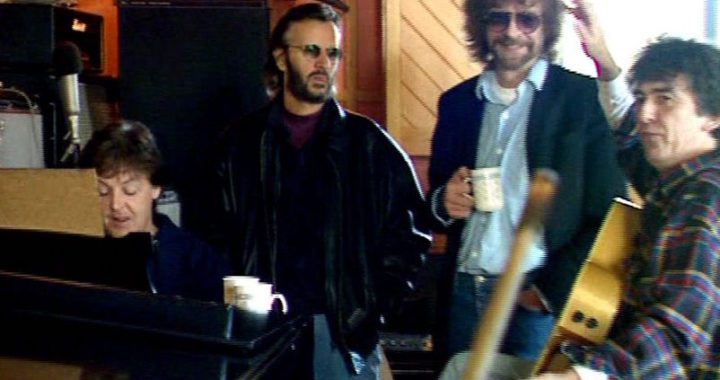A song’s bridge usually follows the second go-through of the chorus. And it’s a good opportunity for you temporarily to explore a new key area. That’s because by the time this part of the song happens, a listener’s musical brain is ready for something new. So a bridge will usually give you:
- a new melody;
- a new lyric;
- a new chord progression.
And hand-in-hand with that last point, the new chord progression, it will usually stray off into a new key area. It’s common for a song bridge to start on what’s known as the relative minor (assuming the song is in a major key).
 “Hooks and Riffs: How They Grab Attention, Make Songs Memorable, and Build Your Fan Base” shows you how a good hook can make the difference between songwriting success and failure. With great examples from pop music history.
“Hooks and Riffs: How They Grab Attention, Make Songs Memorable, and Build Your Fan Base” shows you how a good hook can make the difference between songwriting success and failure. With great examples from pop music history.
The relative minor chord is the vi-chord of whatever major key your chorus is in. So if your song is in C major, a common way to begin a bridge section is to start on Am.
Then, toward the end of the bridge, you find ways to get back to the original key of your song – either a repeat of the chorus, or a new verse.
That might look something like this:
Chorus: C Dm F G |C Dm F G ||BRIDGE: Am Em F G |Am Em F G ||CHORUS: C Dm…
But a nice alternative to doing the typical starting-on-a-vi-chord is to start your bridge on a ii-chord. That’s what happens in the bridge of Taylor Swift’s “You Belong With Me.” The Beatles’ “Real Love” bridge also starts on a ii-chord:
CHORUS: E C#m A B |E C#m A B || BRIDGE: F#m C# F#m Bsus B|| VERSE 3
As you can see, how to get back to your song’s original key is pretty simple. That simplicity, by the way, is due to the fact that the song hasn’t really changed key in the bridge. It’s more a case that it’s dwelling on chords that keep coming back to the ii-chord.
So getting back to your song’s original key is pretty simple: just end your bridge on a chord that can move to a I-chord easily. In the case of “Real Love”, that’s a V-chord.
So if you’re working out a progression for your bridge, and you find yourself always starting on a vi-chord, try some progressions that start on the ii. Here are some examples to experiment with (assuming a key of C major):
- Dm Em F G |Dm Em F G
- Dm Am Dm F |G Am F G
- Dm F C Dm |Dm F Am G
- Dm G Am Em |Dm C Gsus G
- Dm C Dm Am G |Bb F Gsus G
 Written by Gary Ewer. Follow Gary on Twitter.
Written by Gary Ewer. Follow Gary on Twitter.
Each eBook in “The Essential Secrets of Songwriting” 10-eBook Bundle shows you the fundamental principles that make great songs great.










